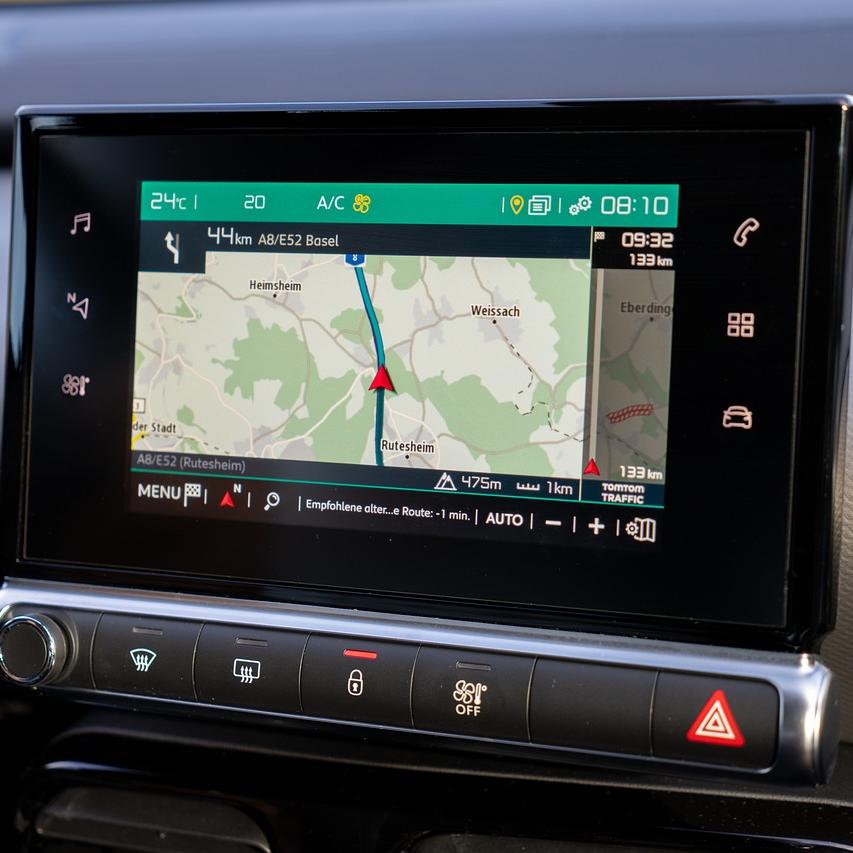How to Cut Fuel Costs with Smart Route Planning
Finding ways to reduce fuel consumption is more important than ever. One effective strategy for both individual drivers and businesses is smart route planning. By optimizing travel routes, significant savings can be achieved, not only in terms of fuel costs but also time and vehicle wear and tear. In this article, we'll explore how smart route planning can help cut fuel costs and offer some practical tips for implementing it.
Understanding Smart Route Planning
Smart route planning involves using technology and data analysis to determine the most efficient routes for travel. It takes into account various factors such as distance, traffic conditions, road types, and even weather conditions to minimize fuel consumption. This approach is especially beneficial for businesses with fleets, delivery services, and long-haul truckers, but it can also be applied by everyday drivers seeking to make their trips more economical.
Benefits of Smart Route Planning
-
Reduced Fuel Consumption: By choosing the most efficient route, drivers can reduce the amount of fuel used. This not only saves money but also decreases the vehicle's carbon footprint.
-
Time Savings: Avoiding traffic congestion and road work can lead to faster travel times, increasing productivity for businesses and reducing stress for individual drivers.
-
Lower Vehicle Maintenance Costs: Efficient routes decrease the wear and tear on vehicles, leading to less frequent maintenance and longer vehicle life.
-
Improved Safety: Avoiding congested areas and poor road conditions can reduce the likelihood of accidents, enhancing safety for drivers and their cargo.
Practical Tips for Implementing Smart Route Planning
-
Utilize GPS and Mapping Software: Modern GPS devices and smartphone apps like Google Maps or Waze offer real-time traffic updates and suggest the fastest routes. Utilizing these tools can help drivers avoid traffic jams and find the most fuel-efficient paths.
-
Invest in Route Optimization Software: For businesses with multiple vehicles, investing in specialized route optimization software can be a game-changer. These programs analyze various data points to suggest the most efficient routes for entire fleets.
-
Plan Ahead: Whenever possible, plan trips during off-peak hours to avoid congestion. Additionally, map out multiple stops efficiently to minimize backtracking and unnecessary detours.
-
Regularly Update Maps: Ensure that your maps and GPS software are regularly updated to reflect changes in road conditions, new constructions, or changes in traffic patterns.
-
Monitor Driving Habits: Encourage fuel-efficient driving habits such as maintaining steady speeds, avoiding unnecessary idling, and accelerating smoothly. These practices can complement smart route planning to further reduce fuel consumption.
-
Consider Alternative Routes: Sometimes the shortest route is not the most efficient. Evaluate longer routes with better road conditions and fewer stops as they may offer savings in terms of fuel and time.
-
Leverage Data Analytics: Businesses can use data analytics to understand travel patterns and make informed decisions about route planning. This can involve examining historical data to predict traffic conditions and plan routes accordingly.
Conclusion
Incorporating smart route planning into your travel routine can lead to substantial savings on fuel costs, reduce environmental impact, and improve overall travel efficiency. Whether you're an individual looking to cut down on personal expenses or a business aiming to optimize fleet operations, the principles of smart route planning offer a practical solution. By embracing technology and prioritizing efficiency, we can all contribute to a more sustainable future while keeping our travel costs in check.






















